MRI Scans Are Causing Dangerous Materials to Form Inside the Body, Scientists Find
Last updated on
You walk into the imaging suite for a routine MRI, expecting clarity—perhaps even peace of mind. But what if, beneath the hum of the machine and the promise of early detection, something else was quietly forming inside your body? For decades, MRI scans have been a medical marvel—non-invasive, radiation-free, and often crucial in diagnosing everything from brain tumors to spinal injuries. Yet, new research is challenging long-held assumptions about the safety of one key ingredient: the contrast agent used to sharpen those detailed images. Specifically, scientists have found that gadolinium, a rare earth metal used in millions of scans each year, may linger in the body and—in some cases—transform into nanoparticles that embed themselves in human tissue. The findings are early but significant, pointing not to panic, but to a deeper understanding of how our bodies interact with medical technologies. As researchers peel back the layers of this invisible process, the implications could reshape how we think about contrast-enhanced MRI scans and who might be most at risk.How MRI Scans Work
Magnetic Resonance Imaging, or MRI, has revolutionized diagnostic medicine by offering a highly detailed view inside the human body—without the risks associated with radiation. At the core of this technology is a powerful magnet that interacts with the body’s natural chemistry. Since our tissues are composed largely of water, and water contains hydrogen atoms with magnetic properties, MRIs work by aligning these hydrogen protons using a strong magnetic field. When radiofrequency pulses are applied, the protons are momentarily knocked out of alignment, and as they return to their original state, they emit signals that are captured and converted into high-resolution images. Unlike X-rays or CT scans, which are better suited for imaging bone, MRIs excel at visualizing soft tissues—like the brain, spinal cord, muscles, and internal organs. This makes MRI indispensable in diagnosing conditions such as multiple sclerosis, tumors, torn ligaments, and vascular abnormalities. Moreover, it’s the preferred imaging method in scenarios requiring repeated scans, particularly for neurological conditions or pediatric care, because it doesn’t expose patients to ionizing radiation.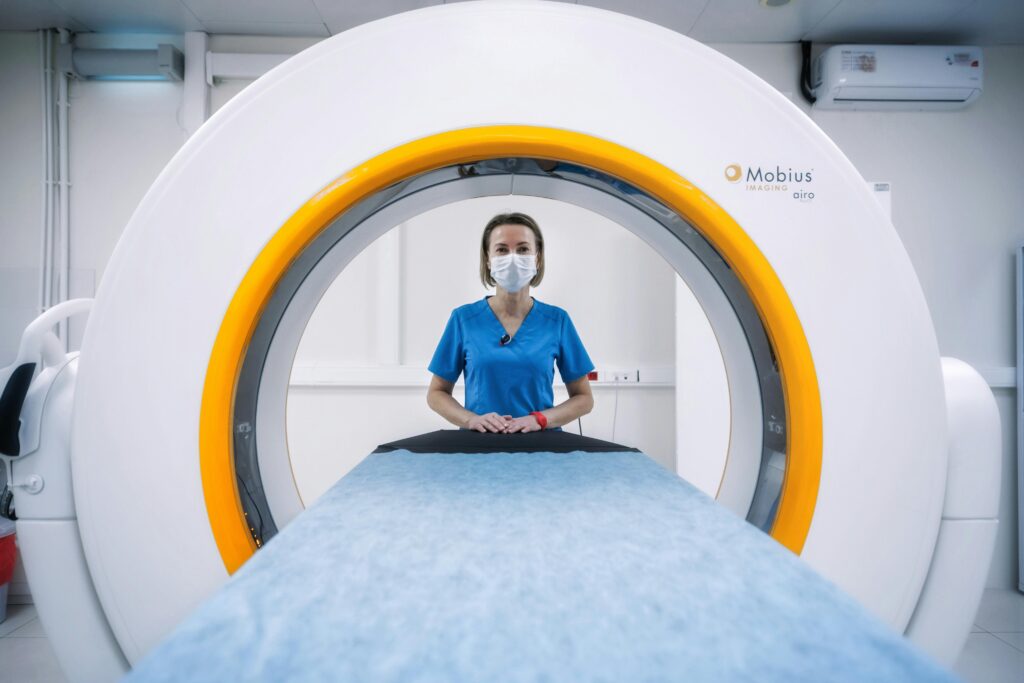
What Researchers Discovered
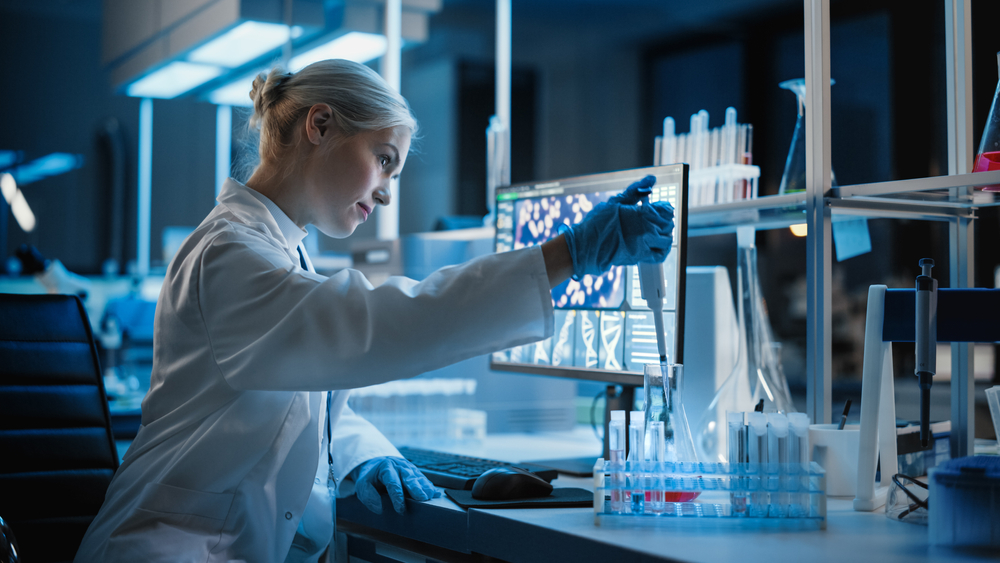
Who Is at Risk
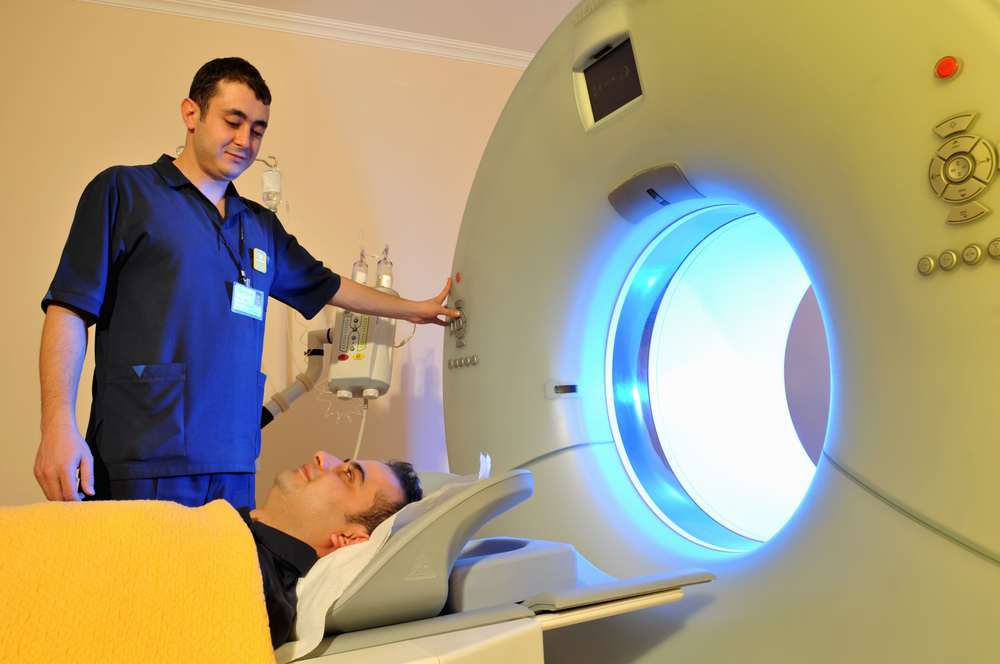
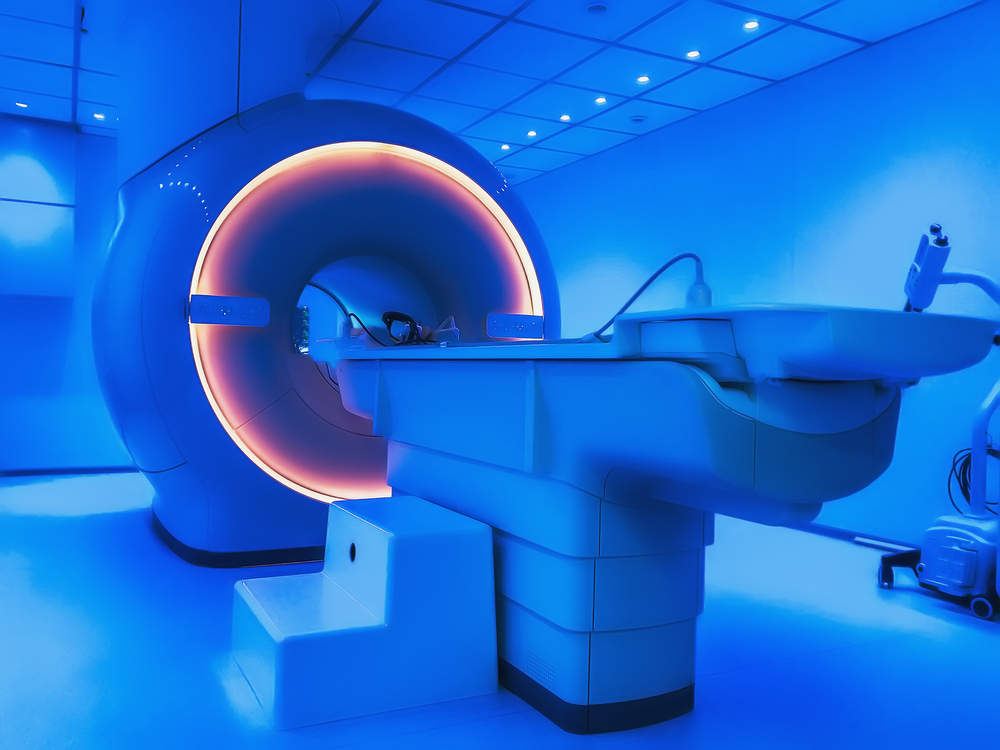
Medical Implications

Balancing Innovation with Caution
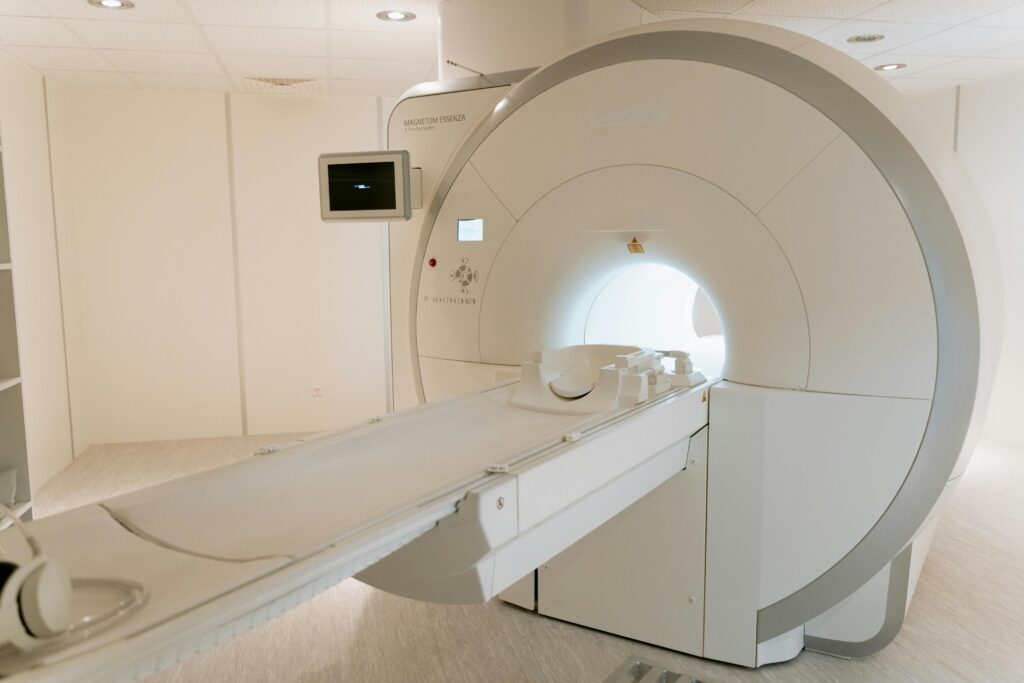
Informed, Not Alarmed
The evolving research around gadolinium and MRI contrast agents serves as a timely reminder of the delicate balance between medical innovation and patient safety. It is not a call for fear, but a call for awareness—particularly as science uncovers more about how individual biology and lifestyle may influence our reactions to even the most routine procedures. MRI technology remains one of the most powerful diagnostic tools in modern medicine. It has saved lives, advanced early detection, and offered peace of mind to millions. Gadolinium-based contrast agents, when used appropriately, have helped illuminate hard-to-detect conditions ranging from cancer to neurological disorders. For the overwhelming majority of patients, the benefits continue to far outweigh the risks. Yet, as we’ve seen from the recent findings, the medical community is not standing still. Scientists, radiologists, and toxicologists are asking better questions—about metabolism, diet, long-term accumulation, and individual susceptibility. These questions are not only valid; they’re vital. They open the door to more personalized, informed care and to potential safeguards that could make this life-saving technology even safer. For patients, the best course of action is to stay informed and communicate openly with healthcare providers. If you have kidney disease, take supplements like vitamin C, or have concerns about prior gadolinium exposure, talk to your doctor. Together, you can weigh the benefits and risks and make decisions grounded in both science and your specific health needs. In medicine, progress often begins with questions. The recent research is just that—a beginning. And it’s a promising one.Some of the links I post on this site are affiliate links. If you go through them to make a purchase, I will earn a small commission (at no additional cost to you). However, note that I’m recommending these products because of their quality and that I have good experience using them, not because of the commission to be made.
































 JOIN OVER
JOIN OVER
Comments